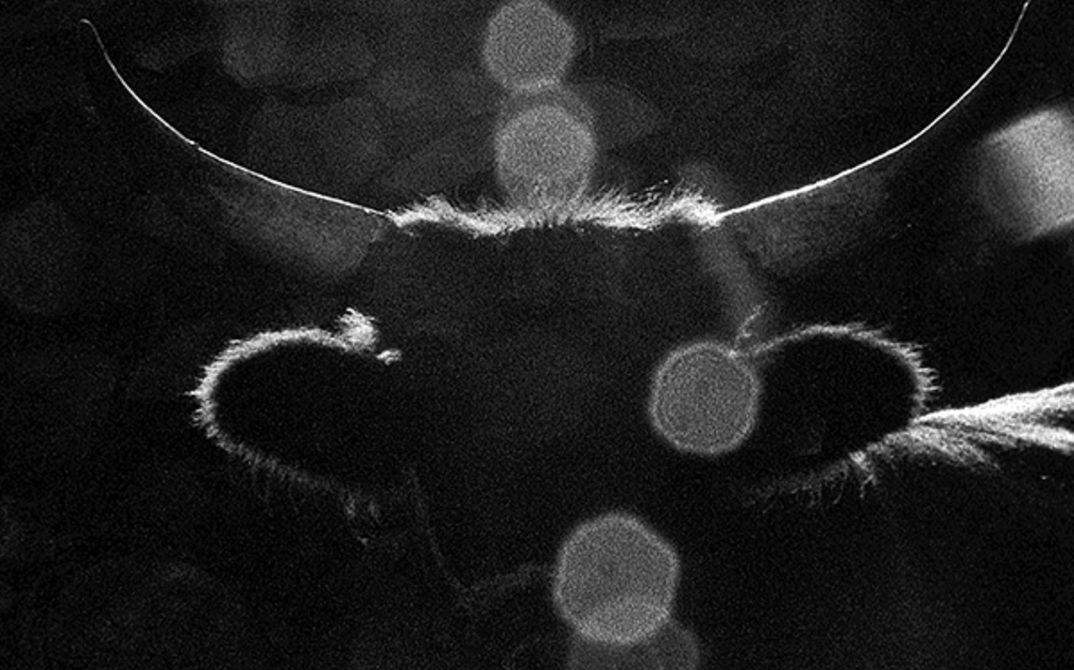Director’s Note
The aurochs was a wild species of cattle and the ancestor of modern cattle. It was once an inhabitant of large parts of Asia, North Africa, and Europe and was found almost everywhere in the forests and meadows of Germany. The aurochs disappeared in 1627. That year the last known aurochs died in the Jaktorów Forest in Poland.
Starting in the 1920s, Lutz and Heinz Heck, German zoologists and brothers, decided to undertake a project to bring back the aurochs from extinction by a process called back-breeding. Lutz and Heinz as directors, respectively, of the Berlin and Munich zoos, crossed several modern breeds of cattle hoping to end up with a creature that resembled the original aurochs. The Heck brothers’ fantastic goal corresponded with the ideology of racial purification extolled at the time by Nazism. The Heck brothers sought to bring back the biological unity of the aurochs, which they believed to have degenerated through domestication. The aurochs were considered stronger, more pure and beautiful than domesticated cattle and therefore more in correspondence with the German ideal of unspoiled, heroic nature. The aurochs, once the largest land mammal in Europe, was seen as a symbol of German superiority and might.
Eventually, the back-breeding project was thwarted by the war. The bombings of Berlin killed most of the animals in the Berlin Zoo. However, the Hecks’ modern aurochs did not completely disappear. At the Munich Zoo, some of Heinz Heck’s cattle managed to survive the war and the Heck cattle that can be presently found in Germany are their descendants.
Nonetheless, as a scientific endeavor, the Heck brothers’ project is regarded as a failure. Physically, the Heck cattle of today are considered no different than any other modern cattle. As a symbol, however, the aurochs still survives. Starting in the ‘90s, new back-breeding projects emerged in Europe with the hope of creating a true contemporary aurochs. In Germany in 1996, the conservation group Arbeitsgemeinschaft Biologischer Umweltschutz started to crossbreed Heck cattle with primitive cattle from Southern Europe with the goal of creating a larger, more “long-legged” and “elegant” breed than contemporary Heck cattle. In the Netherlands in 2009, the Tauros Foundation began a project that uses genetic reconstruction to trace the ancient DNA of the aurochs in diverse breeds of modern cattle to create a breed robust enough to cope in the wilderness. These attempts exist within larger “rewilding” conservation projects in Europe. Their goal is to recover Europe’s primitive wildlife so as to replicate the continent’s primordial ecosystem. These projects seek to transform areas of the European landscape back into wilderness, allowing for the original flora and fauna to exist with minimal intervention from humans.
Heck cattle are the unwilling embodiment of what was a paradoxical point of view. This perspective valued the natural world as something whole, pure, and unspoiled and yet, it made every effort to shape it to fit human needs and desires. In the present, in order to preserve it, the shaping of nature continues in different forms. Our film looks at some of the physical traces of the historical development of this pursuit.
